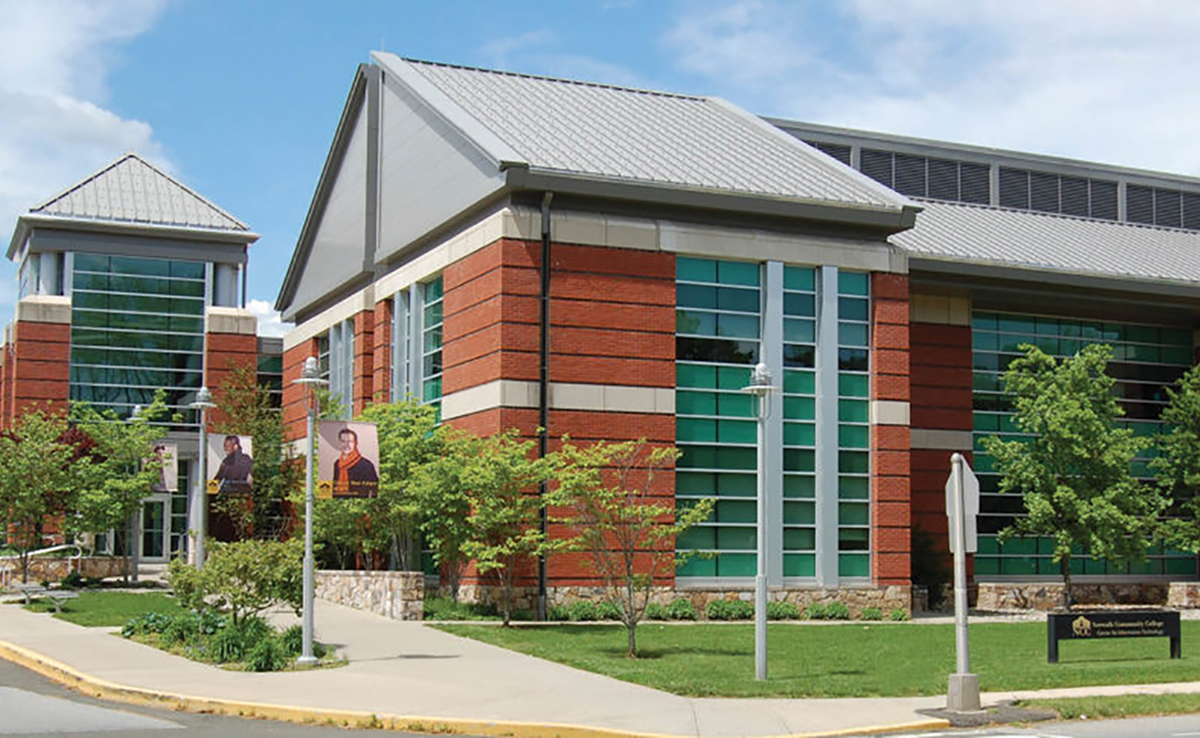Retro-Commissioning Case Study
In 2017, Norwalk Community College’s West Campus was experiencing higher than average energy consumption for a building of its size. The Connecticut State Colleges and Universities (CSCU) wanted to determine why energy consumption and costs had increased over the years and find a resolution. To do this, CSCU chose to participate in Eversource’s incentivized retro-commissioning (RCx)program. As an Eversource-approved retro-commissioning provider, SES was selected by CSCU to provide our services for this project.
The RCx Process:
SURVEY: SES identified numerous performance and energy savings opportunities and evaluated the opportunities for further pursuit.
INVESTIGATION: SES further analyzed and evaluated viable opportunities and developed bidding documents for final pricing and implementation.
IMPLEMENTATION: 15 opportunities were fully implemented, ranging from simple hot water supply temperature reset adjustment and equipment schedule modifications to implementing a lab airflow optimization sequence and a complete VAV system controller replacement and rebalancing.
Highlighted Energy Conservation Measures:
In one of the older wings, the staff had expressed concerns regarding air balancing issues. Through the investigation it was discovered that an entire variable air volume (VAV) system had numerous failed controllers, resulting in very high airflow rates. The high VAV airflow rates would normally result in spaces being overcooled and cause occupant complaints. However, because the boiler plant is active year-round for other uses, VAV reheat coils were warming the spaces during the cooling season, satisfying the zone temperature setpoints and masking the root problem. This situation resulted in higher energy usage due to unnecessary simultaneous cooling and heating. To resolve this, the RCx team replaced nearly all VAV controllers and completely rebalanced the VAV system.
In one of the newer wings, there were numerous lab spaces served by an energy recovery unit consisting of fume hoods and VAV boxes. When analyzing the utility bills, SES discovered that the wing had unusually higher utility consumption, even for an educational laboratory space. We then reviewed the as-built drawings and discussed how the spaces are actually being used with the local laboratory safety officer. Through functional testing and trend analysis, SES found that many of the lab airflow setpoints were set much higher than what was actually needed, the lab exhaust system was operating at a constant volume exhaust rate, and the lighting control occupancy sensors were never fully tied into the HVAC system for setback control. This resulted in very high amounts of outside ventilation air being brought into the building unnecessarily. The air was being heated and cooled year-round, resulting in higher energy costs. To resolve these issues, the RCx team performed a detailed analysis of each lab space to determine the reduced lab airflow rates that can be safely applied, completed the occupancy-based setback control and implemented variable air volume control at the lab level.
The energy saved from both of these measures was significant. By replacing controllers, rebalancing the systems and reducing the overall airflow required in
the zones, the heating, cooling and fan energy used to deliver that air was substantially reduced. The combination of all the measures resulted in an annual energy cost savings of $89,000 per year and with Eversource incentives, resulted in a 2.2 year payback.

Quick Facts
Facility Name:
Norwalk Community College –
West Campus
Location:
Norwalk, CT
Facility Size:
214,000 ft 2
Total Project Cost:
$275,300*
RCx Cost/ft2:
$1.29
Annual Energy Savings:
$89,000 per year
Simple Payback:
3.1 years
Incentivized Payback:
2.2 years
*Includes both investigation and
implementation
Additional Measures
Implement optimal start/stop
routines for all air handling systems
minimizing advanced startup
scheduling- Reduced electrical and natural gas
consumption by lowering fan
operating hours and avoiding
tempering outside airflows - Duct static pressure reset on all
variable air volume air handling
systems - Reduced electrical consumption by
reducing fan speeds during low-load
conditions - Optimize heating hot water system
enable setpoints and hot water
supply temperature reset strategy - Reduced natural gas consumption
by disabling heating systems during
warmer weather and operating at
lower supply water temperatures
